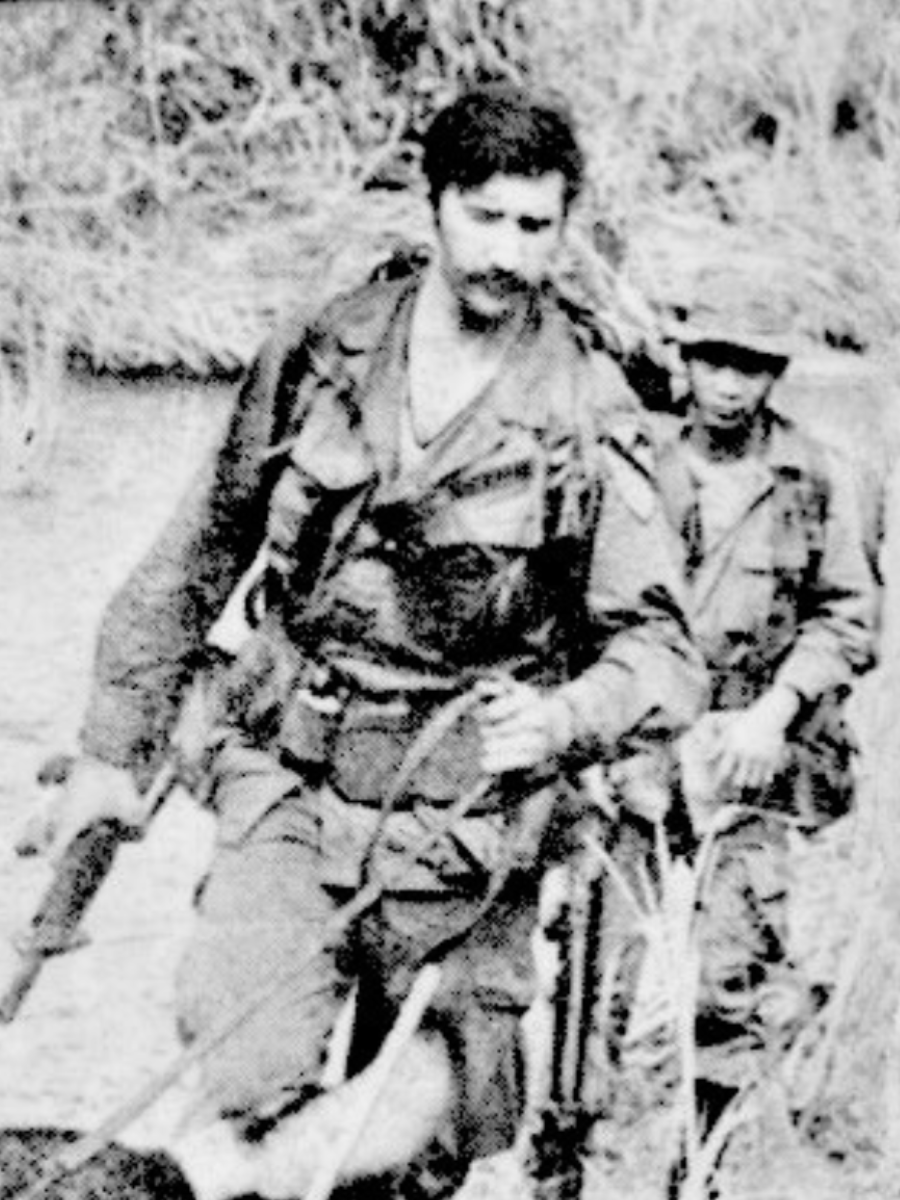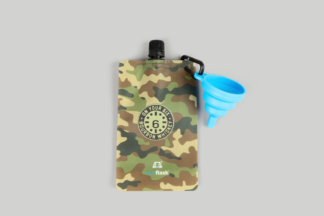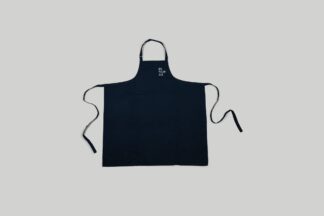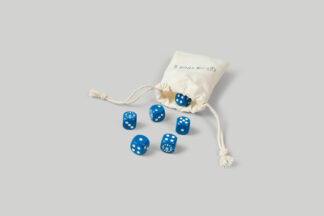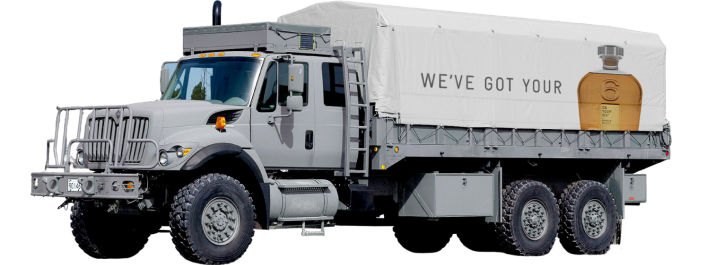FSB Ripcord
As any veteran worth their uniform will tell you, there’s no such thing as an “ordinary” stint in the service. That goes double for those that served in Vietnam. Even still, as a member of the storied “Screaming Eagles,” the U.S. Army’s 101st Airborne Division, Nevada-based Infantry Commander Mark Bailey has a more extraordinary history than most.
Bailey, along with only a handful of other Special Forces soldiers, survived the deadly Battle of Lang Vet in 1968, but it was his experiences at the war’s final ground conflict, the Battle of Fire Support Base Ripcord, that defined him as a soldier. Though it doesn’t often get the same recognition as major actions like the Tet Offensive, FSB Ripcord is remembered by those in the know as one of the fiercest battles of American military history.
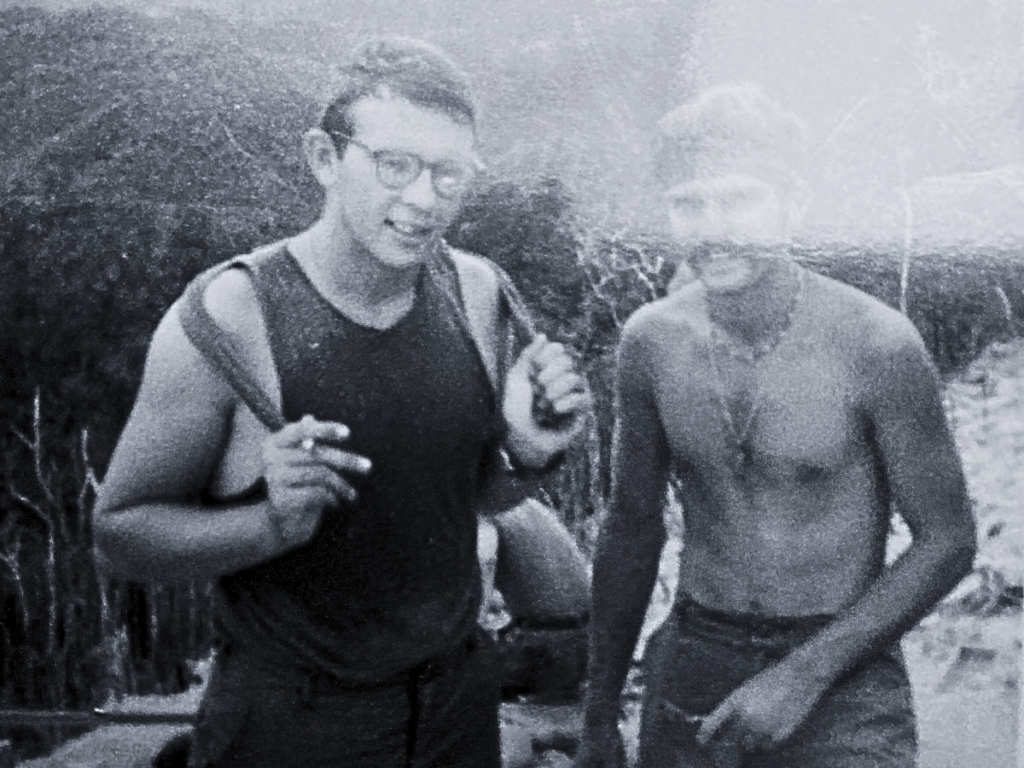
In March of 1970, while Bailey was patrolling the jungle in Northwestern Vietnam on one of the grueling 100+ day jungle patrols the 101st was known for, the seeds of the battle were sown. Attempting to secure a firebase to support incursions into the A Shua valley near Laos and cut off enemy supply lines, Alpha Company advanced on the FSB location, meeting enemy fire as they tried to land their UH-1 Hueys. By afternoon, it was clear that it would not be possible to establish defenses on the 927-meter mountain.
After a series of grim gunfights, Bravo Company moved in on April 1st to find a response so fierce that the moment became informally known as the April Fool’s Day assault, leading Bravo to pull out from the Area of Operations. In a third attempt, Bailey’s company, Charlie, finally established FSB Ripcord as a premiere firebase.
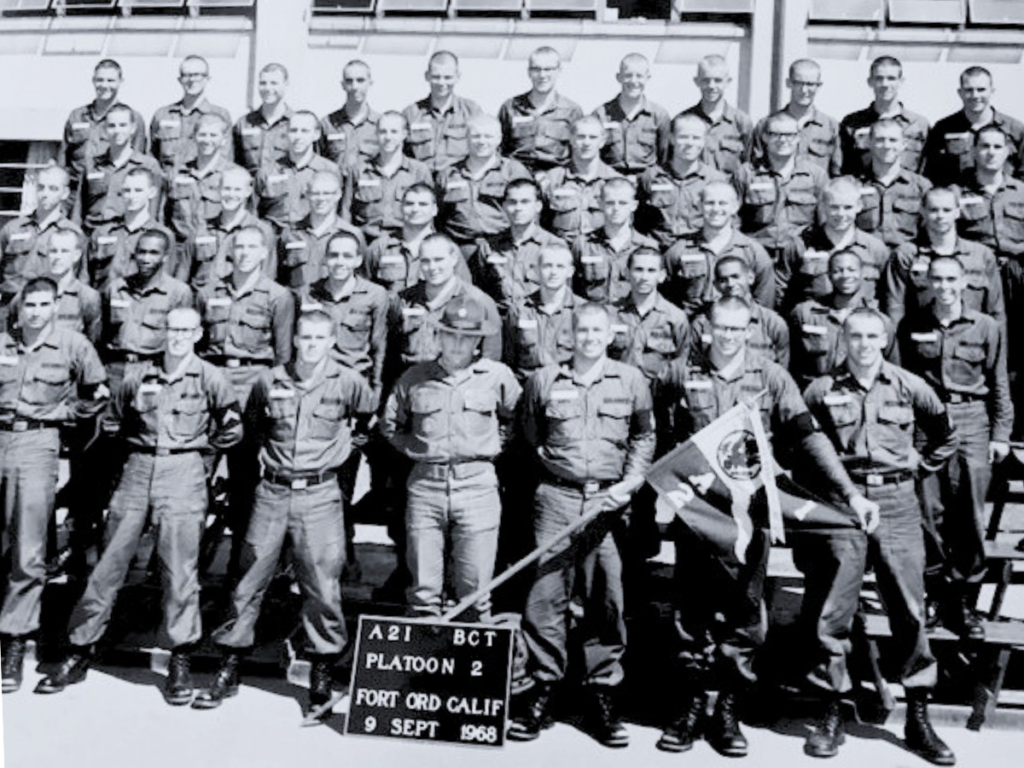
At 7:02am on July 1st, a salvo of enemy mortars hit the perimeter of Ripcord, kicking off a siege that lasted for 23 days. On July 18th, disaster struck when a Chinook helicopter carrying fuel was shot down and crashed into the ammo dump, flooding the bunker and exploding hundreds of hot shells across the hillside.
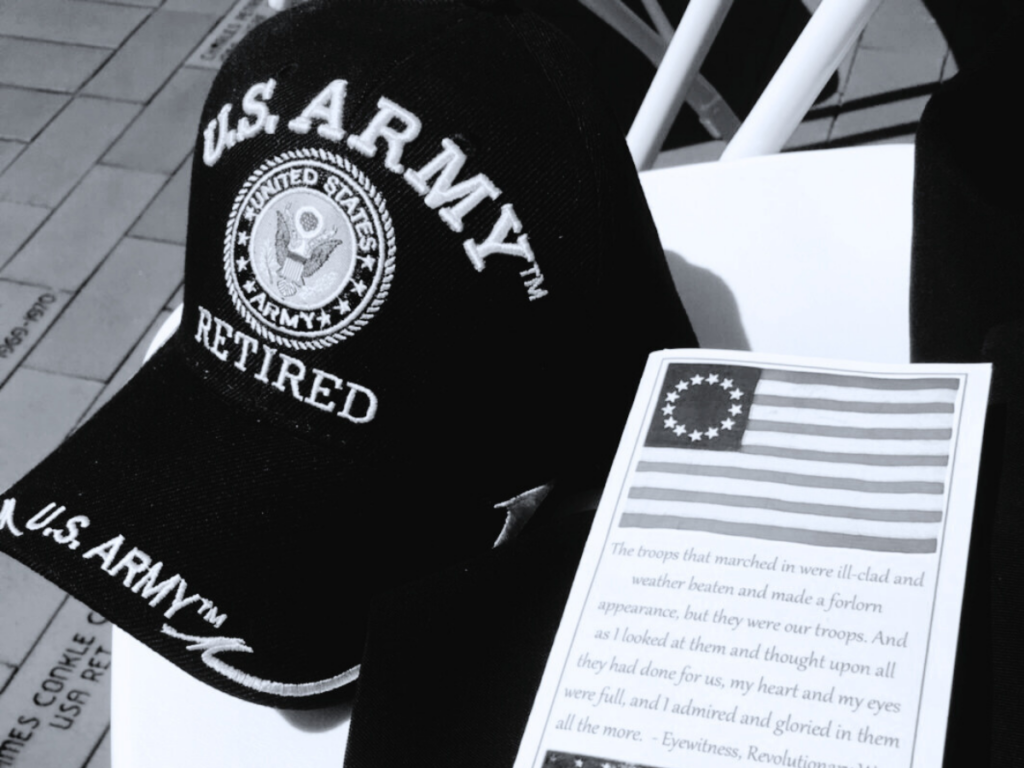
As A Company penetrated enemy territory along the valley southeast of Ripcord, acting commander Brig. General Sidney Barry called a difficult withdrawal from the AO as the American operators took to the air, dropping 5 ton bombs and conducting airstrikes that destroyed the nearby ridge. Bailey, then an Infantry Platoon Leader, had a front row seat.
“It was the greatest Fourth of July fireworks display I’ve ever seen,” tells Bailey.
Outnumbered 30,000 to 1,200, Bravo Company secured Ripcord alongside Bailey’s Charlie Company on July 23rd. Amidst a hail of 154 tons of bombs, helicopters circled Ripcord, scooping up precious US operators a few at a time in what has been called the “greatest feat of airmanship in modern warfare.” At 1:35pm, the last Huey climbed out of the Valley toward Camp Evans.
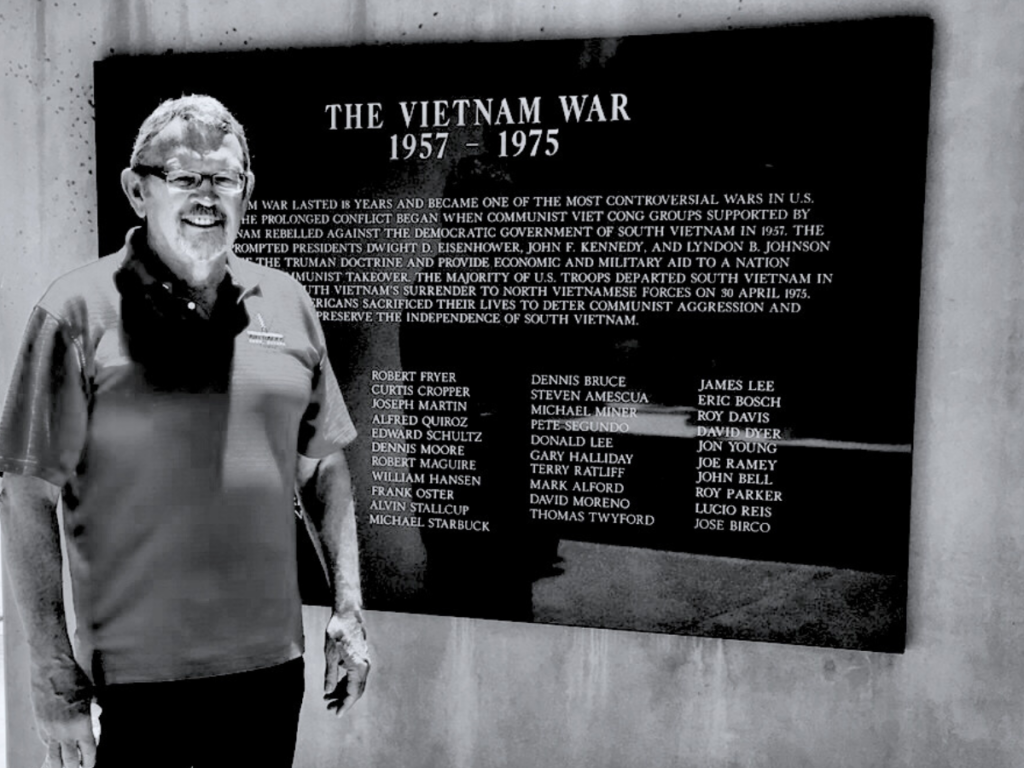
Safely back home in 1971 amidst the political upheaval that followed our withdrawal, Bailey, like many who went to Vietnam, faced a lukewarm welcome. Eventually, he was recognized for his service with a Silver Star, Bronze Star for Valor, and three Purple Hearts. He now works as a CPA.
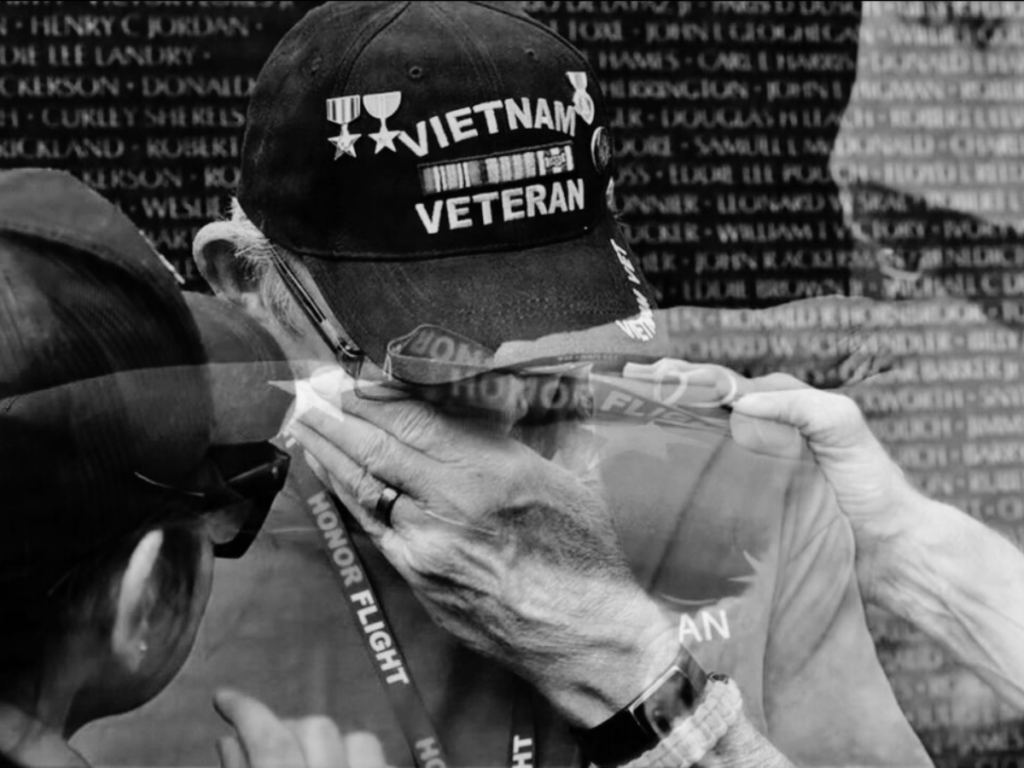
Partially sourced from ‘Rendezvous at Ripcord’ by C Company Platoon Leader Charles Hawkins.

